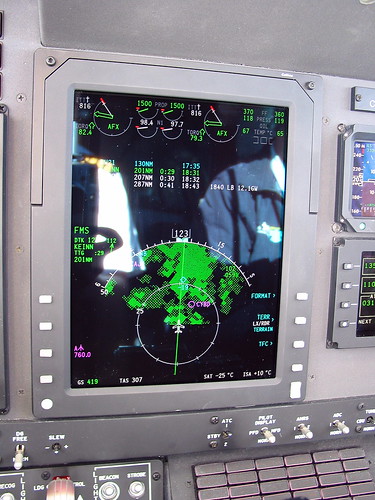My Super King Air
King Air 350 in Bella Coola
So, roughly a year ago, NT Air renewed its contract with the BC Government to provide an air ambulance aircraft out of Prince George. In the tender, the people of BC requested a Beech King Air 350, and upgrade from the King Air 200s the Province had been using. So NT Air went and got one, a brand spanking new one!. Delivery from the Hawker Beech factory in Wichita, Kansas to Vancouver, BC took place this past January. After modifications to take the aircraft out of executive seating and into an air ambulance configuration, C-GBCE was put into service for the people of BC on March the 1st of this past spring.
The Beechcraft King Air has been in continuous production since 1964, outlasting and out selling all other twin turbo-prop of its class. As of 2006, it was one of only two executive twin turbo-props still being produced (the other is the Piaggo Avanti). Hawker Beech still produces the King air C90Gti, King Air B200GT, and the King Air 350.
The King Air 350 was introduced in 1990 and is the largest and most powerful of the King Air family. It sports two Pratt and Whitney Canada PT6A-60As each capable of producing 1050 shaft horsepower. The abundance of power has us consistently cruising at true airspeeds in excess of 300 knots and, depending on the altitude, the efficient PT6s burn anywhere from 900lbs/hr in the 15,000' to 20,000' area, to less then 500lbs/hr above 30,000'. The 350 comes RVSM certified right from the factory and has a service ceiling of 35,000'. Typical seating for the 350 is executive style, two pilots (although single pilot certified, depending on the operation) and eight passengers, plus one pottie seat.
In the air ambulance configuration, we have three seats down the port side, and two stretcher sleds on the starboard, for a total of two pilots and five passengers. This works out awesome for us. With an empty weight of 9660, we can take full gas, 3600lbs, fill every spot, and still have room left over. The shortest strip I have taken it into has been Alert Bay, @ 2900' (sea level). We regularly operate it off of strip shorter then 4000'.
All this makes our King Air 350 an incredible airplane, but it only gets better. In 2004, Beechcraft started outfitting all their brand new airplanes with the very sleek Rockwell Collins ProLine 21 integrated avionics suite.
The ProLine 21 consists of three LCD display screens (two Primary flight displays, one multifunction display), one remote tuning unit (RTU), a Collins FMS-3000, and an Electronic Standby Indicating System, or ESIS. The two primary flight display LCDs display navigation information, airspeed, altitude, vertical speed, aircraft attitude, weather radar, and much more. The multi-function display lcd screen displays engine indications (ITT, torque, turbine speed, fuel flow, oil pressure, oil temperature, propeller RPM), TCAS (we actually have TCAS 2 with conflict resolution), all navigation information we can display on the PFD, flight plan information,... just tonnes of stuff. We have an abundance of information available to us. Also displayed on the screens is the visual end of our enhanced ground proximity warning system, or EGPWS. The EGPWS consists of its own database of terrain and gives pilots visual and aural warnings if it feels the aircraft is closing in on terrain. Part of the visual end of that system is a moving map display which shows the levels of the terrain in the area and colour codes them based on your altitude compared to the terrain altitude. As with most things in life, green is good, yellow is not so good, and red is bad, especially solid red. The heart of the system is the flight management system, or FMS.
The FMS has a large navigation database, including all standard instrument departures and arrivals, instrument approaches, and IFR airways. As the system is powered up an initialized, we tell it where it is (usually the lat/long of airport... taken from its own database) and it consistently updates its position via gps and up to two VOR and six DME sources. Also connected to an air data computer, it tells us information such as true airspeed, current winds, static air temperature, ram air temperature, and ISA deviation. Having all this information available to us makes for incredible situational awareness. Topping the whole system off is the integrated autopilot system, which helps on long legs, and long days.

As fast as I've ever gone over the ground at the controls




